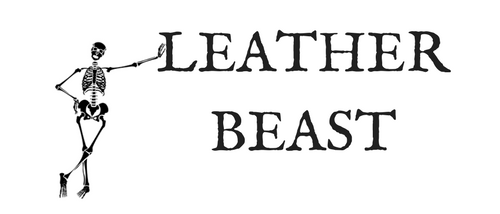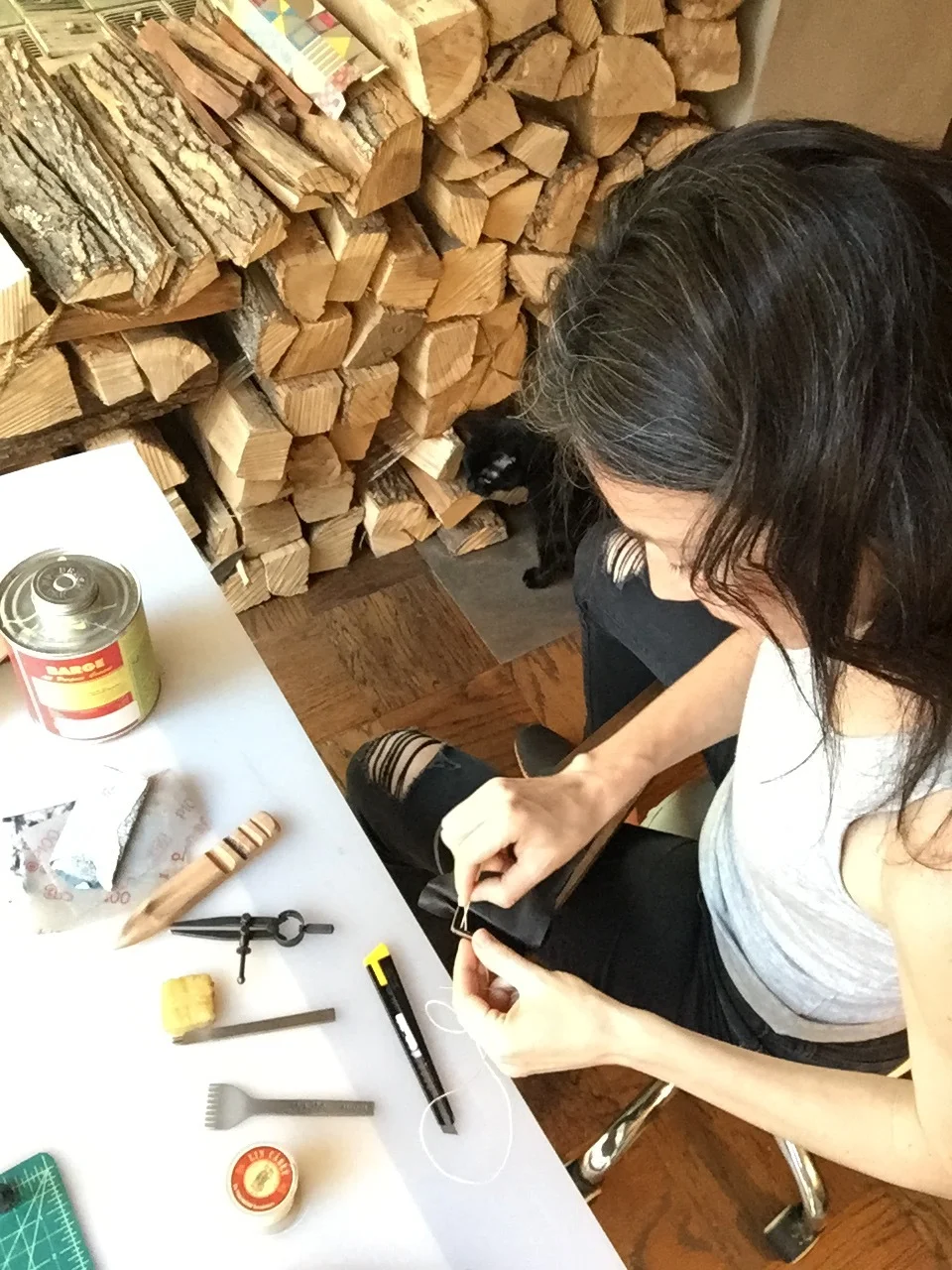I hear hear a lot of questions about leather edge finishing these days like, "what IS the best method for finishing?" I also hear a lot of people asking, "why should I finish my leather edges at all?"
Both are great questions!
Completing a leather project without finishing the edge is like leaving the house without putting deodorant on.
It's just wrong.
Finishing your edges is what seals the deal on your project. What takes it to the next level. What makes it look better and also what makes it look like it was made by a pro.
Incase you're not sure, let's talk about what I mean by "edge finishing".
Edge finishing is the process of creating a smooth edge along your exposed seams by completing a few fairly simple steps, consisting mainly of truing up edges, using various methods of burnishing, then applying wax and buffing.
There is no magic here. It can be tedious but it really does elevate your work.
But the best part is, is that it's easy and not complicated.
Read More






![Why I (and maybe you too) continue to Saddle-stitch [6 reasons]](https://images.squarespace-cdn.com/content/v1/58895ea0e4fcb519d7d62a81/1504209007991-GIMC9NCEN784G83PTPEJ/WHY+I+%28AND+MAYBE+YOU+TOO%29+CONTINUE+TO+SADDLE-STITCH+%286+REASONS%29+%281%29.png)
![Why Knot Your Thread [VIDEO Inside]](https://images.squarespace-cdn.com/content/v1/58895ea0e4fcb519d7d62a81/1499784909141-RGT35990SRQHW0EZYLXP/IMG_0173.PNG)



